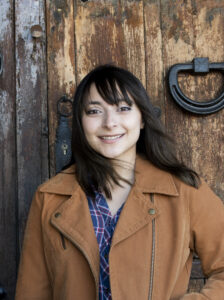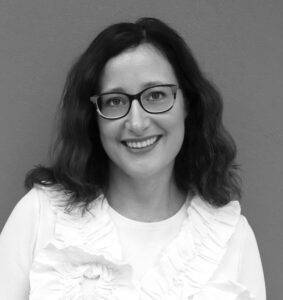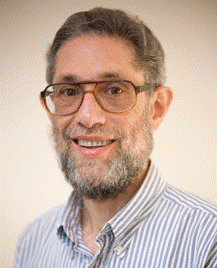In a little over a month from now – January 1st, 2026 – the ACM Digital Library will undergo an open access transformation. All of the content in the the ACM Digital Library will be free to read for everyone. This transformation is in response to a call from the computing community for research to be more accessible. This ACM article – https://libraries.acm.org/acmopen/message-to-the-community – summarizes the rationale behind this transformation.
This will have implications for authors of ACM works as well as readers of ACM publications. This article will help you understand those implications.
In brief: There will be a fee – an Article Publishing Charge, or “APC” – that must be paid by the authors of certain works to be published by ACM. If the corresponding author of an APC-eligible work is affiliated with an institution that is part of the ACM Open program, the APC is waived. There is an APC waiver process for financial hardship cases. The APC is paid, or waiver requested and granted, at the time of the completion of the rights form for the work to be published.
What kinds of publications are “APC-eligible?” Papers – both full-length and short papers – are APC-eligible. Abstracts and course notes are “Non-APC-eligible” and no APC need be paid to publish those works with ACM. A list of ACM article types and whether they are APC-eligible or not can be found at https://libraries.acm.org/acmopen/article-types.
In order for the fee for an APC-eligible work to be waived, the corresponding author of the work to be published must be affiliated with an institution that is participating in the ACM Open program, and use their institutional email address when completing the rights form. A list of participating institutions can be found here – https://libraries.acm.org/acmopen/open-participants.
Waiver requests are accommodated, on the basis of financial hardship – https://www.acm.org/publications/policies/policy-on-discretionary-open-access-apc-waivers – and author’s geographic location – https://www.acm.org/publications/policies/policy-on-geographic-apc-waivers-and-discounts. These articles provide information on who to contact and how to request an APC waiver.
Questions on the ACM Open program and the APC process can be directed to dl-info@hq.acm.org.









